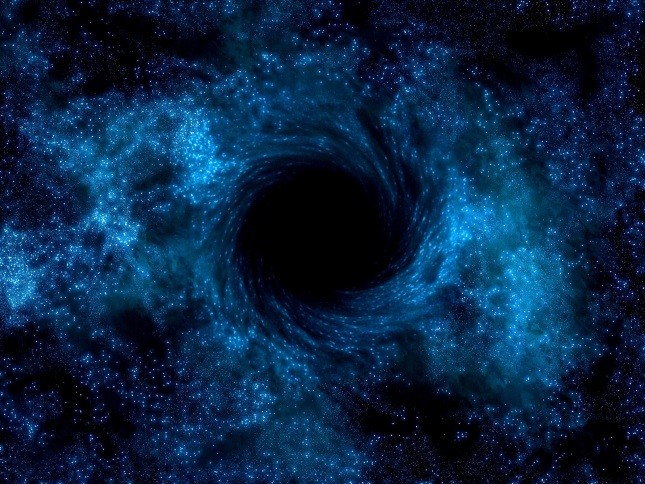The first set of high-resolution results from ESA’s three-satellite Swarm constellation reveals the most recent changes in the magnetic field that protects us from cosmic radiation and charged particles that bombard Earth.
Magnetic field is in a permanent state of flux. Magnetic north wanders, and every few hundred thousand years the polarity flips so that a compass would point south instead of north.
Moreover, the strength of the magnetic field constantly changes – and it is currently showing signs of significant weakening. (ESA)
Measurements made by Swarm over the past six months confirm the general trend of the field’s weakening, with the most dramatic declines over the Western Hemisphere. But in other areas, such as the southern Indian Ocean, the magnetic field has strengthened since January.
The field is particularly weak over the South Atlantic Ocean – known as the South Atlantic Anomaly and the latest measurements confirm the movement of magnetic North towards Siberia.
The weak field has indirectly caused many temporary satellite ‘hiccups’ (called Single Event Upsets) as the satellites are exposed to strong radiation over this area. (ESA)
This animation shows changes in Earth’s magnetic field from January to June 2014 as measured by ESA’s Swarm trio of satellites:
Swarm was launched in November 2013 and is providing unprecedented insights into the complex workings of Earth’s magnetic field. The objective of the Swarm mission is to provide the best-ever survey of the geomagnetic field and its temporal evolution as well as the electric field in the atmosphere using a constellation of 3 identical satellites carrying sophisticated magnetometers and electric field instruments.
Its first results were presented today, June 19th, at the ‘Third Swarm Science Meeting’ in Copenhagen, Denmark.
“These initial results demonstrate the excellent performance of Swarm,” said Rune Floberghagen, ESA’s Swarm Mission Manager. “With unprecedented resolution, the data also exhibit Swarm’s capability to map fine-scale features of the magnetic field.”
Over the coming months, scientists will analyse the data to unravel the magnetic contributions from other sources, namely the mantle, crust, oceans, ionosphere and magnetosphere.
This will provide new insight into many natural processes, from those occurring deep inside our planet to space weather triggered by solar activity. In turn, this information will yield a better understanding of why the magnetic field is weakening.













No comments:
Post a Comment